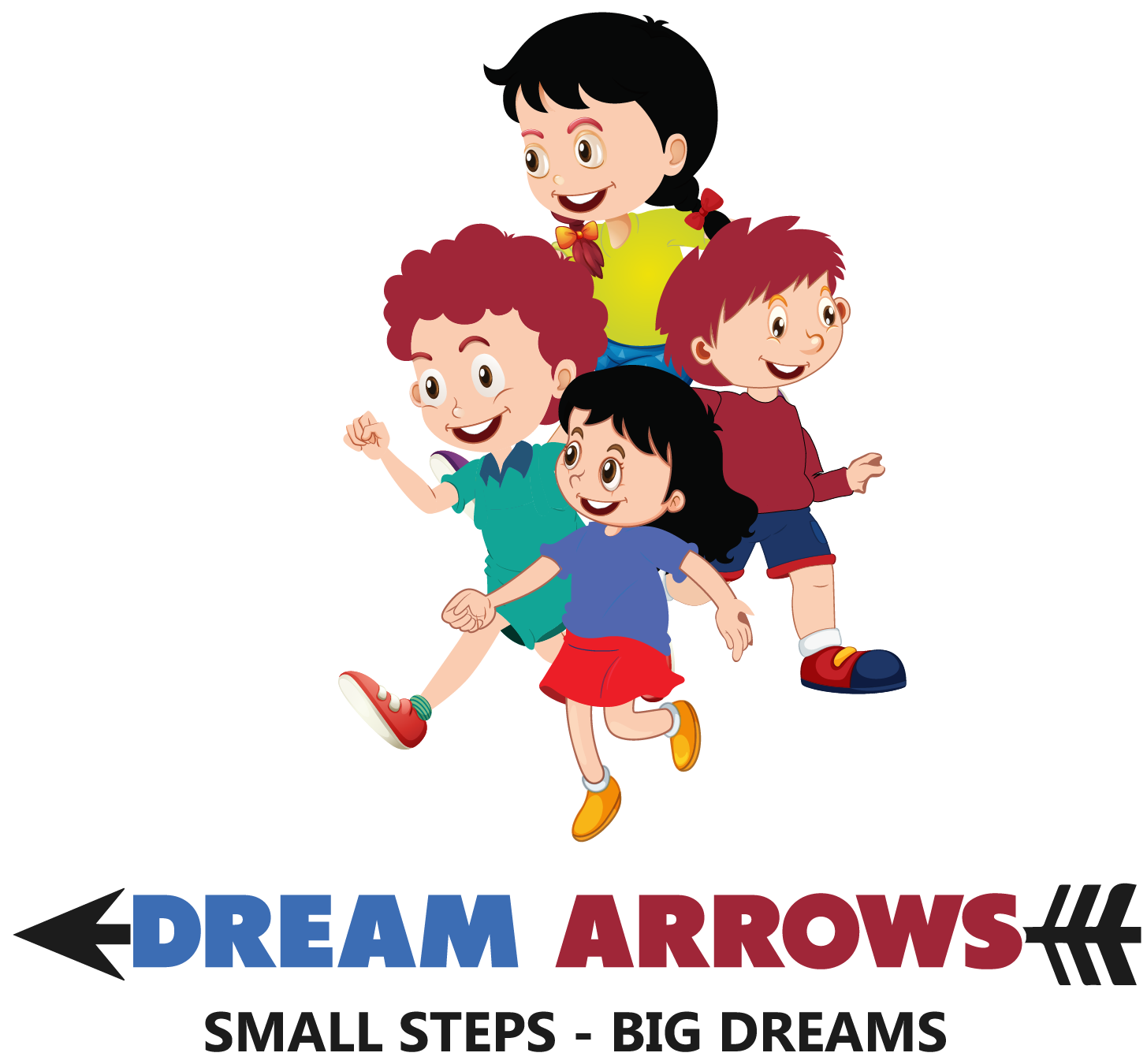Dream Arrows is a motivational, inspirational, and educational platform for children.
Our stories can help children to learn about their own strengths, stimulate their imagination and expand their understanding of the world.
Useful Links
Get In Touch
In case if you have any questions about our books, videos and/or purchased items, please feel free to shoot us an email to the below email address.
- Melbourne, Victoria, Australia
- bigdreamarrows@gmail.com
2022 Dream Arrows. All Rights Reserved

